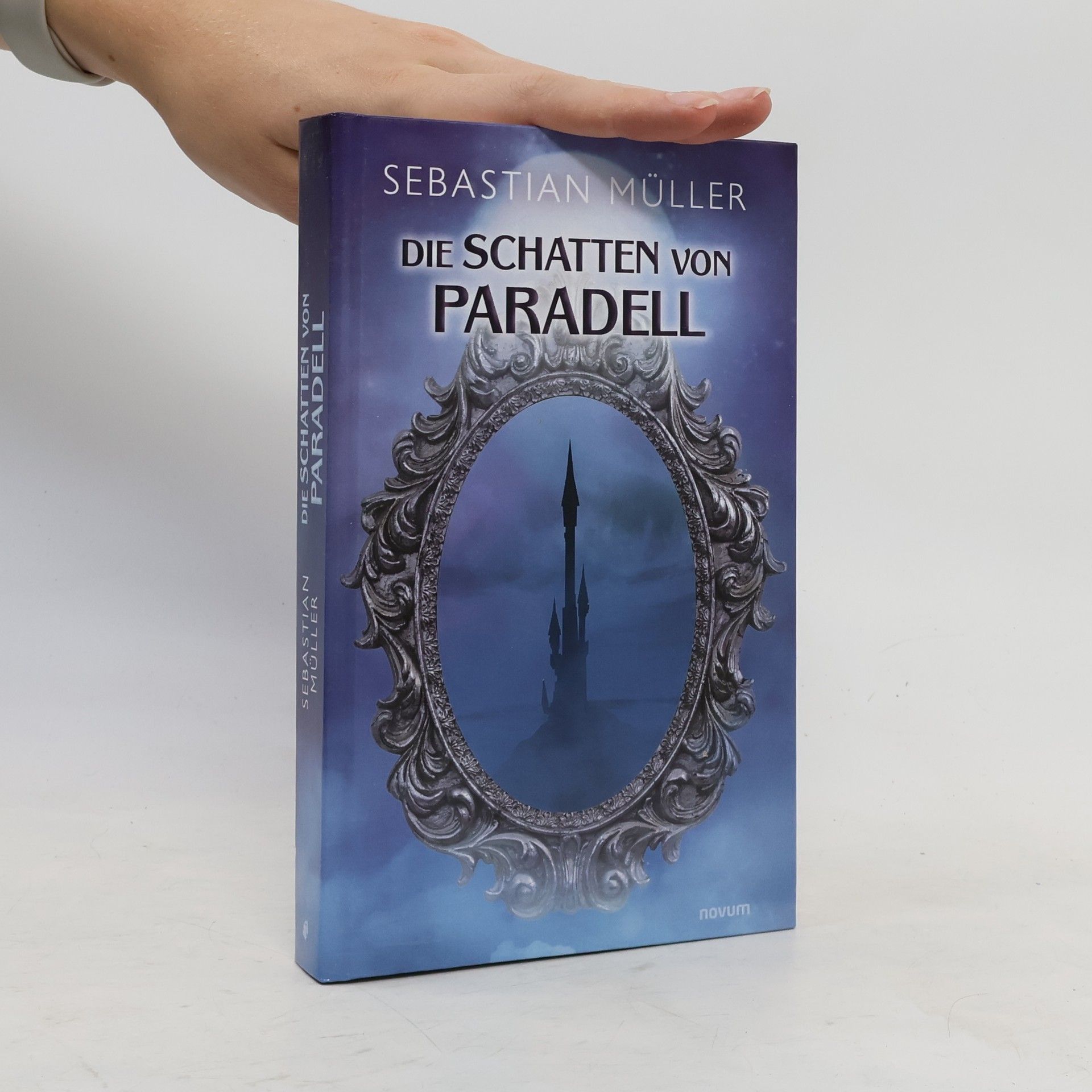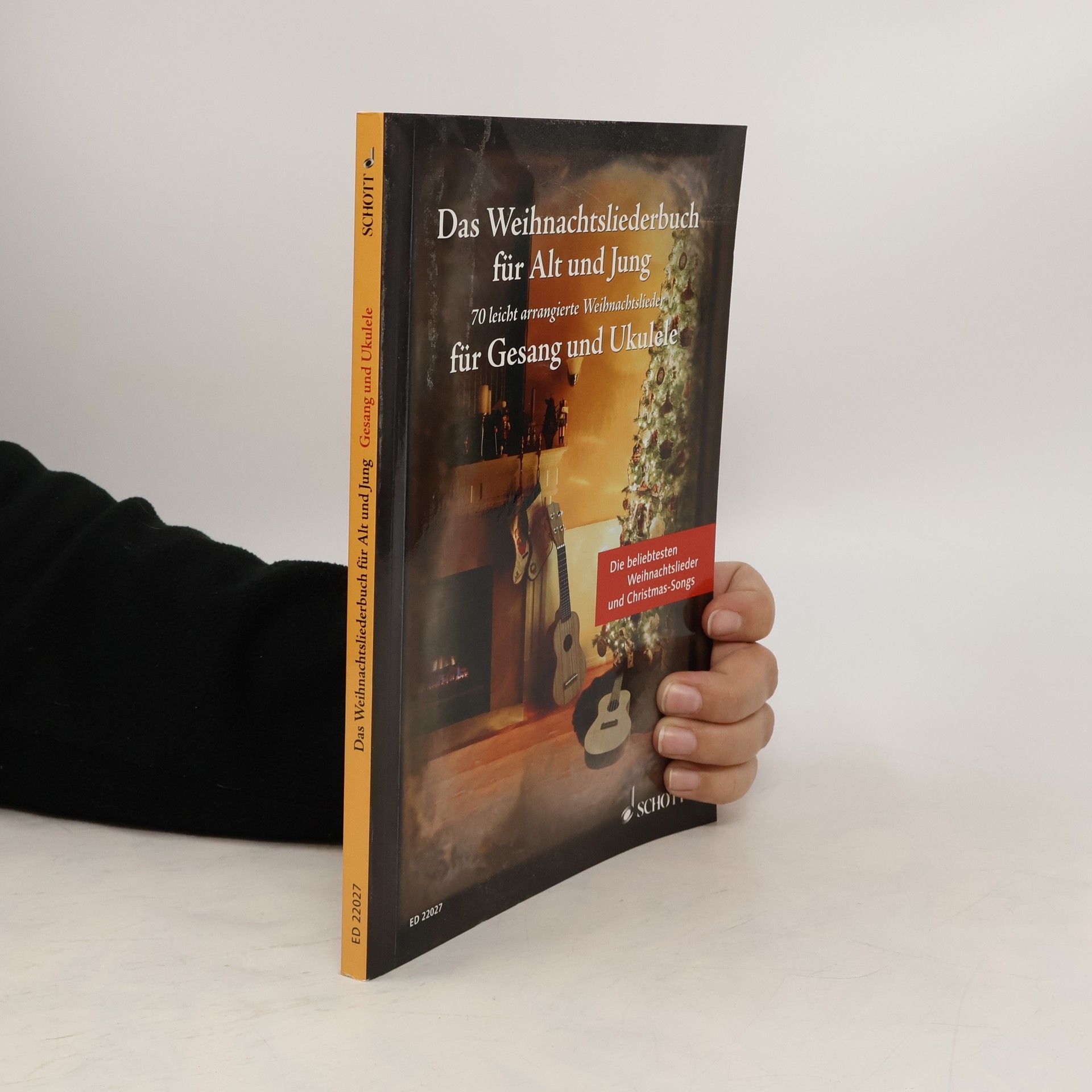Simon, Ben, Marie, Lukas und Tamara sind als Jugendliche Außenseiter und finden Zuflucht in ihrer Freundschaft. Als sie die Parallelwelt Paradell entdecken, geraten sie in einen existenziellen Konflikt, der ihre Heimat bedroht. Das Abenteuer thematisiert Verantwortung und die Macht der Unscheinbaren.
Sebastian Müller Book order





- 2022
- 2022
Die Grenzen des Konsums
Eine Verantwortungstheorie der Konsumentenrolle
- 2021
Referenz-Prozessmodell zur Abbildung weltweiter produktbezogener Umweltanforderungen in der Ablaufor
- 387 pages
- 14 hours of reading
Die zunehmenden gesetzlichen und kundeninduzierten Umweltanforderungen seit der Jahrtausendwende stellen international tätige Unternehmen im Maschinen- und Anlagenbau vor erhebliche Herausforderungen. Die Erfüllung dieser Anforderungen erfordert umfassende Anpassungen in der Ablauforganisation. Angesichts der Bedeutung für die langfristige Existenzsicherung, Rechtssicherheit und Reputation wird das Management dieser Umweltanforderungen zu einem strategischen Schlüsselfaktor für Unternehmen.
- 2021
Religion und Entwicklungszusammenarbeit
Positionen aus Politik, Praxis und Afrikaforschung
"Entwicklung" ist umstritten - als Konzept und als Praxis. Können religiöse Akteure alternative Zugänge zu Veränderung eröffnen oder Entwicklungskooperation effizienter machen? Vor dem Hintergrund der Förderung wertebasierter Entwicklung in der deutschen Entwicklungspolitik zeigt der Band, was und wer "religiöse Akteure" sind und welchen Beitrag sie zu Entwicklung leisten sollen und wollen. AutorInnen aus Politik, Praxis und Wissenschaft diskutieren Ziele, Formen und Probleme wertebasierter Entwicklung und stellen die Arbeitsweisen religionsbezogener Organisationen in Afrika und Europa vor. Der Austausch zwischen den unterschiedlichen Perspektiven trägt zu einem besseren Verständnis der Schnittstelle von Religion und Entwicklung bei. Mit Beiträgen von Michael Bauer, Hansjörg Dilger, Erwin Eder, Nabiela Farouq, Mohammad Härter, Christoph Hoffmann, Sabrina Khan, Sebastian Müller, Michael Plesch, Paula Schrode und Eva Spies.